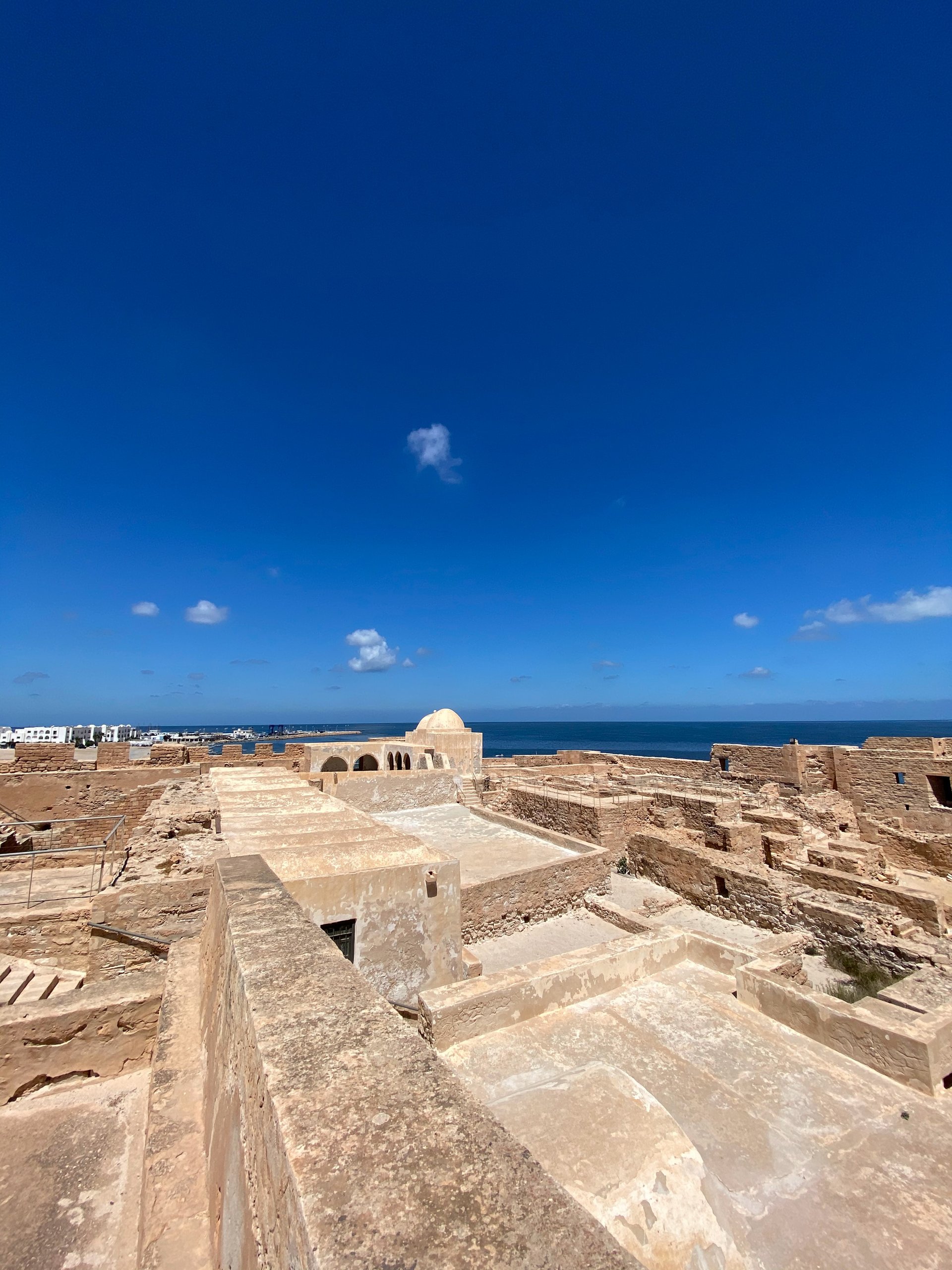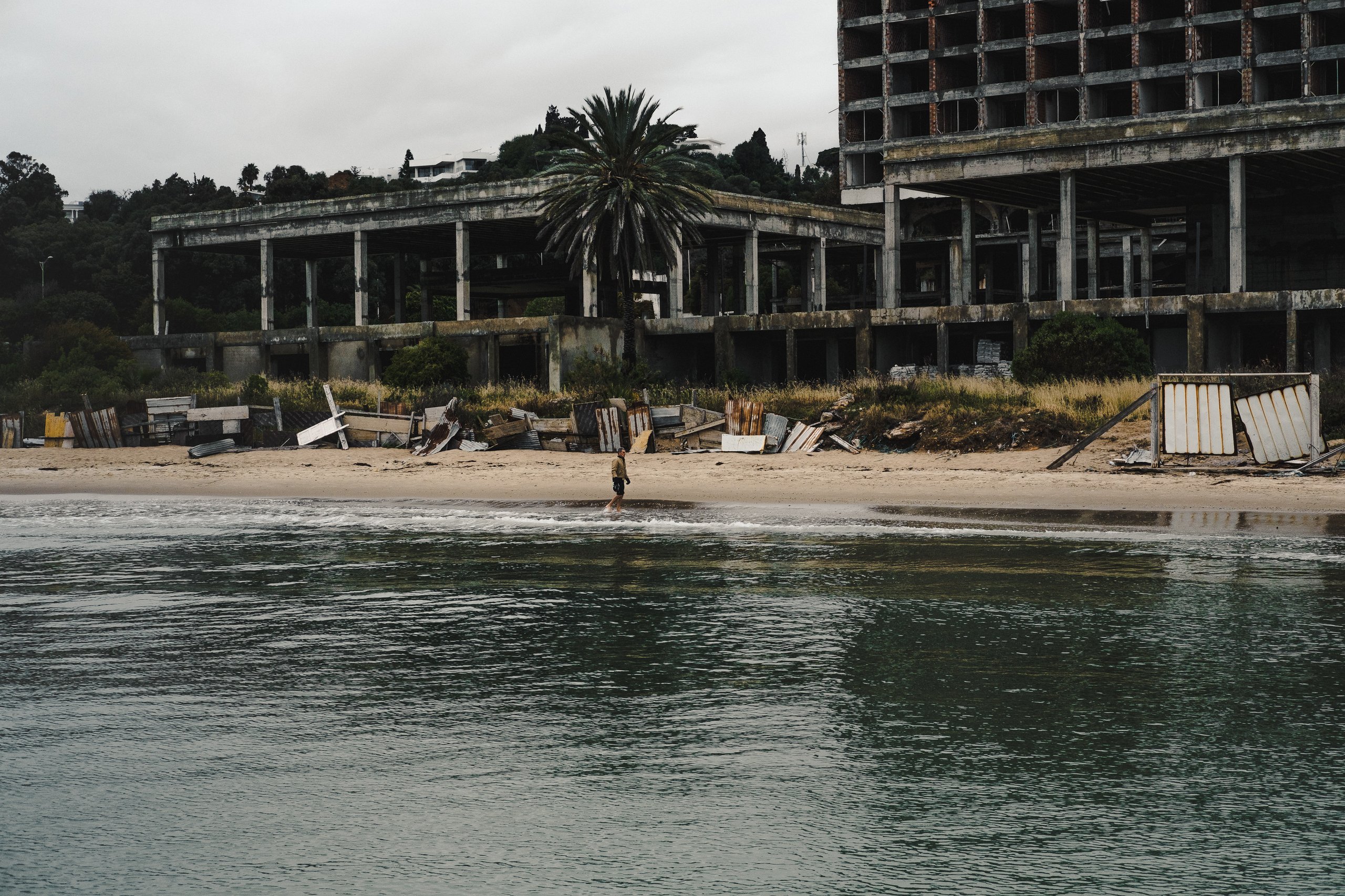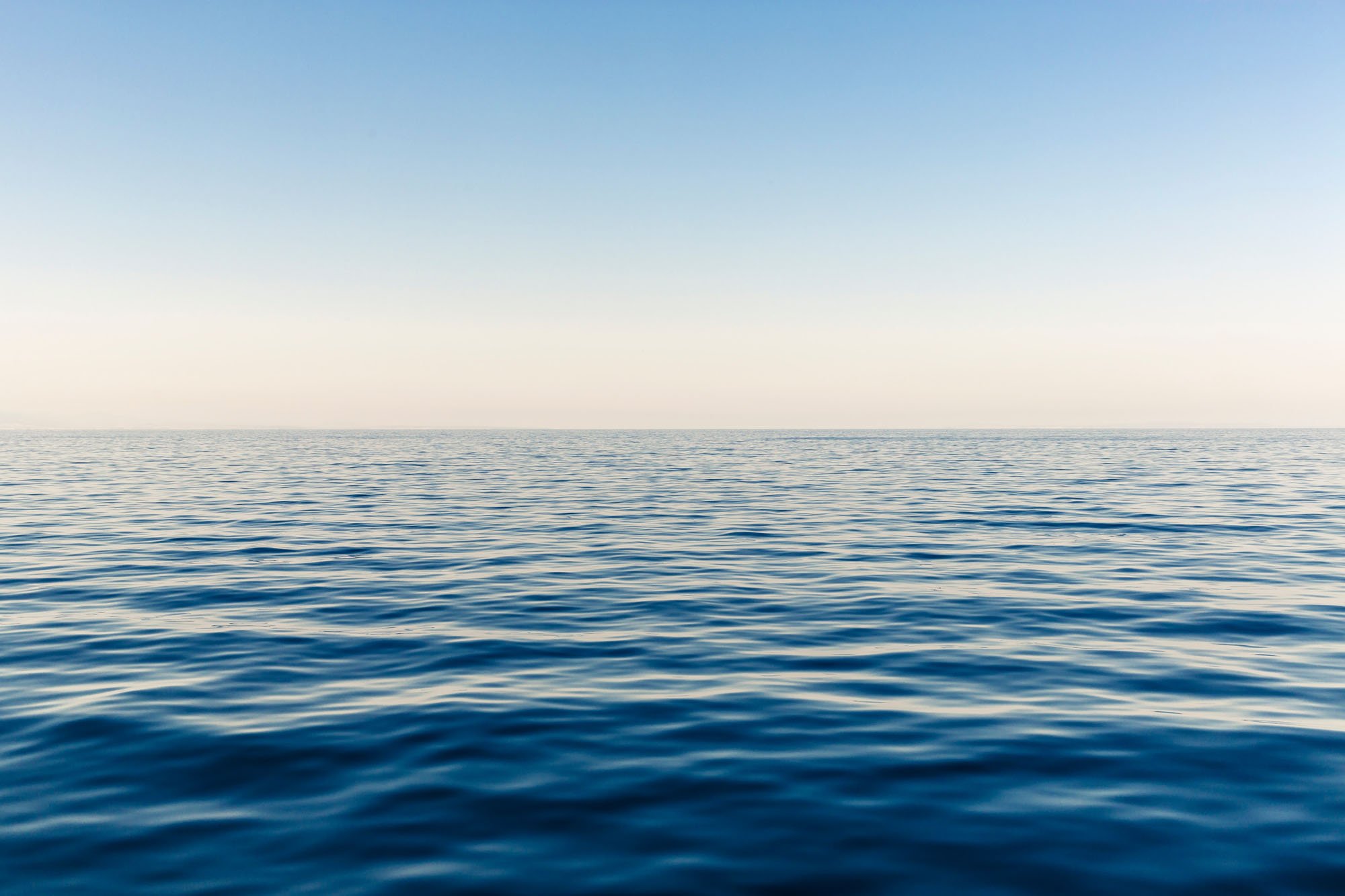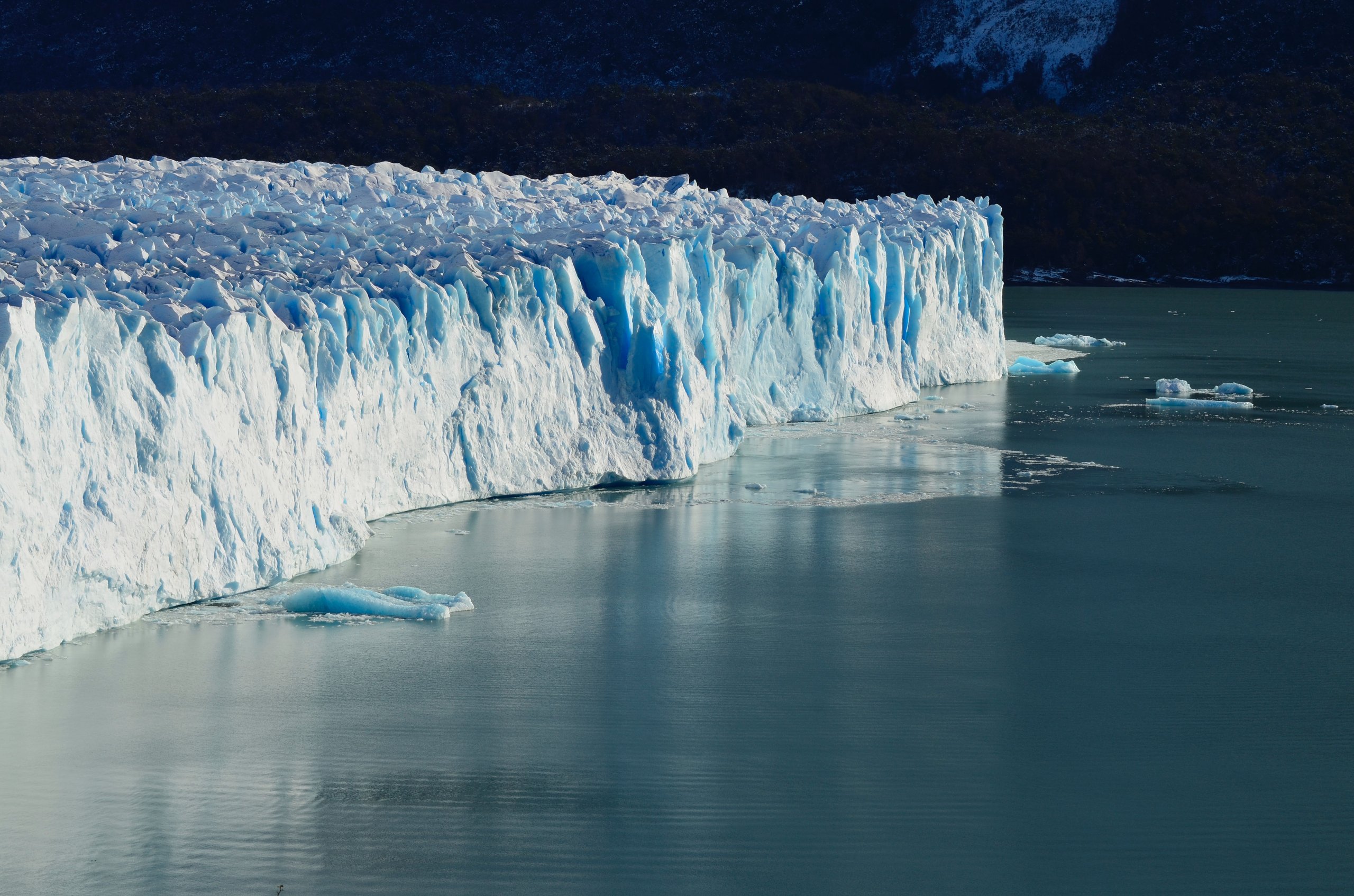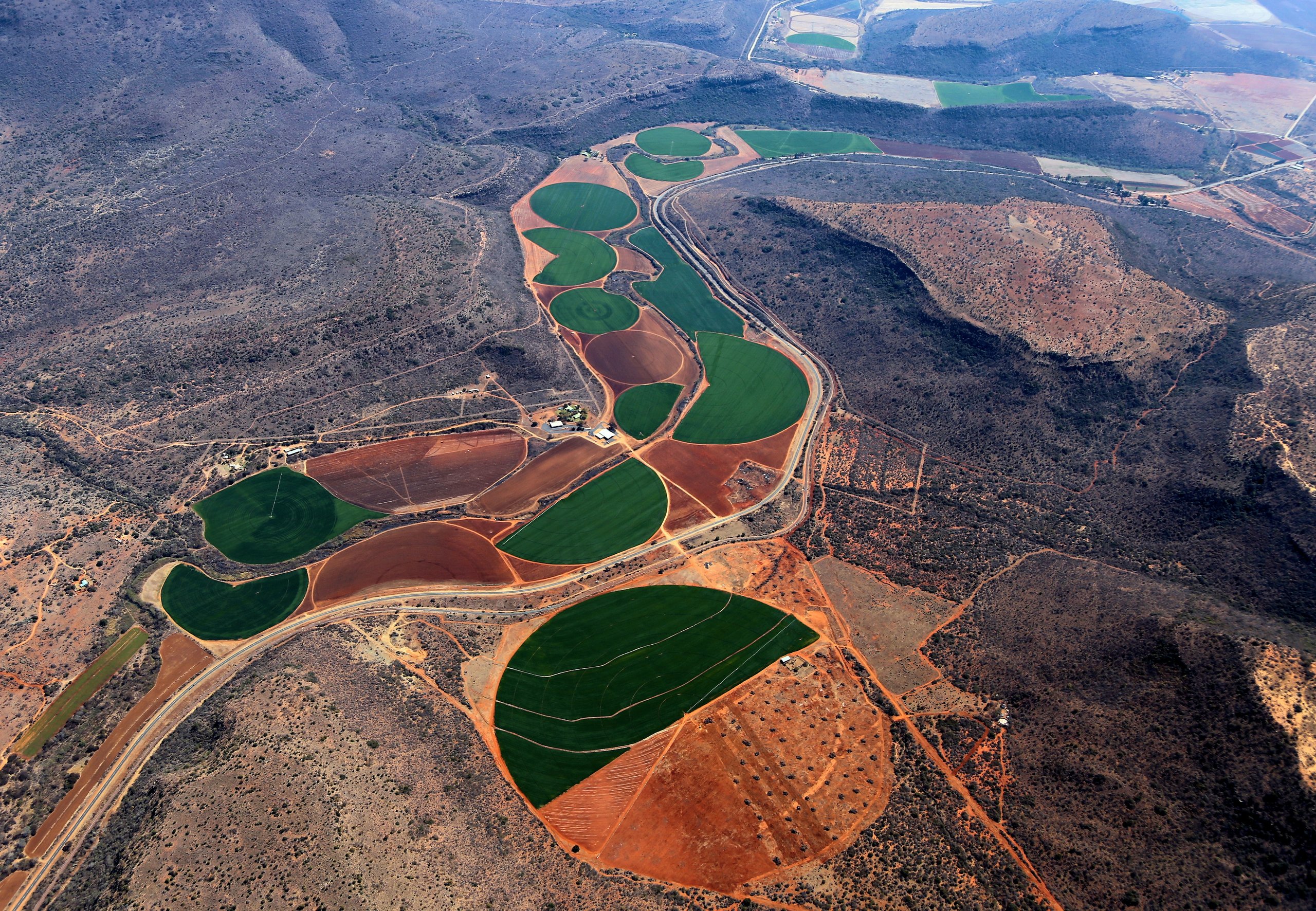David Drewry – June 14, 2021 – 10 min read

The inexorable rise in sea levels as the oceans warm and expand and glaciers melt is having profound effects on coastal and estuarine communities. The rate has increased, in the last 100 years by 21-24cm on average, and the forecast for the middle of the Century – now less than 30 years away – is 30-70cm.
Combined with storm surges it has wrought severe and permanent damage. At the head of the Adriatic, it has risen steadily threatening La Serenissima – the World Heritage City of Venice, and perhaps the most iconic in the Western World of endangered physical heritage. The MOSES project to protect the lagoon from storm surges is already too late for many classic buildings where the infiltration of sea water above the base of Istrian stones has allowed the crystallisation of salt to eat into and rot their brickwork.
Ayoub Hamdi is walking around the site of the ancient Punic City of Kerkuane in Tunisia. He is a visitor and has heard it is important to the history of his country, a significant monument to deeds past and a reflection of the triumph of the ancient builders of Carthage. But now he finds large sections of the structure are threatened by aggressive coastal erosion and damage from more frequent storms. Will it endure this growing climate onslaught after surviving for so many centuries? Ayoub has learned about climate change on the TV and in some newspapers but in his country responding and adapting to these urgent problems has been slow and perfunctory.
Ayoub is a representative of millions of people around the world whose heritage and culture are being threatened by the pervasive and ineluctable impacts of a warming climate. The sustained rise in carbon consumption around the world has led to the emission of greenhouse gasses that persist for many decades in the atmosphere. They enhance and thicken the blanket of these gasses that re-radiate the energy from the sun leading to an overall warming of our planet. This has been more than one degree over the last Century. Already we have witnessed the mounting environmental and human impacts of this outcome. The effects are various and geographically distinctive – drought and desertification with attendant problems on agriculture and human habitation, prevalent in large regions of Africa and the Middle East. Increased storminess has affected many nations around the world with damage to property, economies and loss of life.
Kumaglak is an Inupiaq elder living close to Shismaref on the Chukchi Sea coast of Alaska. His traditional activities, seasonal hunting for seal and walrus that he still continues have become increasingly difficult. “We used to go out on the ice for many weeks to find seal, roaming great distances. Nowadays the ice is no longer our friend. It forms much later and is very thin. We have problems in travelling to some of our old grounds and it disappears much earlier. Everything is changing and we cannot pass on our knowledge. It doesn’t fit anymore. We are very troubled.”
Environmental changes in the Northlands are some of the most dramatic. The rise in temperatures has been 2.3oC in the last 60 years, twice the world average. Arctic sea ice has shrunk severely, by some 40,000km2 on each year, with consequent impacts on communities and wildlife. Dramatic erosion on coasts, now devoid of the protecting belt of fast ice, has undermined villages in Alaska and forced relocations of hundreds of residents. The rising temperatures have had a further impact – causing more melting of the surface layers of the otherwise permanently frozen ground (permafrost). This has caused buildings to collapse, giant chasms to appear in the ground and the insidious release of methane, a greenhouse gas 25 times more potent than carbon dioxide. In these circum-Arctic regions traditions, culture, a distinctive heritage and life itself has been threatened profoundly by climate change.
“How can my crops survive?” asks Nana Hadiza. She has a tiny small-holding in the south of Niger. Over many years she and her family have struggled to scratch a living in marginal land, with Infrequent rainstorms and poor soil. A few goats have been a luxury. Nevertheless, they have survived and coped with these difficulties. Now, however, the temperatures are rising, and the meagre water supply has diminished. To the north the vast expanse of the Sahara has been steadily encroaching their lands. Attempts to staunch the loss of even fragmentary and the poorest of soils has been variable at best. The Green Wall initiative, to create a zone of vegetation, trees and crops, fully across Northern Africa from Senegal to Somalia has been undermined by the speed and intensity of climate changes. Temperatures have risen by 0.6o to 0.8oC over the last 4 decades and the Sahel rainfall index has been almost exclusively negative for the same period. Nana Hadiza’s traditional way of life has all but disappeared exacerbated by the growth of towns and cities forcing many like her from the countryside.
These stories, in which all the characters are fictitious, are based on real experiences and the latest science from the IPCC. They reflect the impact of global climate change on world heritage – buildings, artefacts and importantly cultures and traditions. The predictions for the end of the century are extremely concerning and exceed the present appeals to constrain temperature increases to 1.5oC. Despite the concerted efforts of some governments, the United Nations, NGOs, many business and commercial operators as well as individual citizens the likelihood, in my view, of achieving this is low. Nevertheless, the work of the United Nations and its agencies such as UNESCO is drawing attention to these urgent issues, of which heritage is but one strand. Alongside a growing groundswell of international public attitudes there is hope that the political tide may turn within the next decade.
Professor David J Drewry is Vice-Chair and Director (Natural Science) at the UK Commission for UNESCO
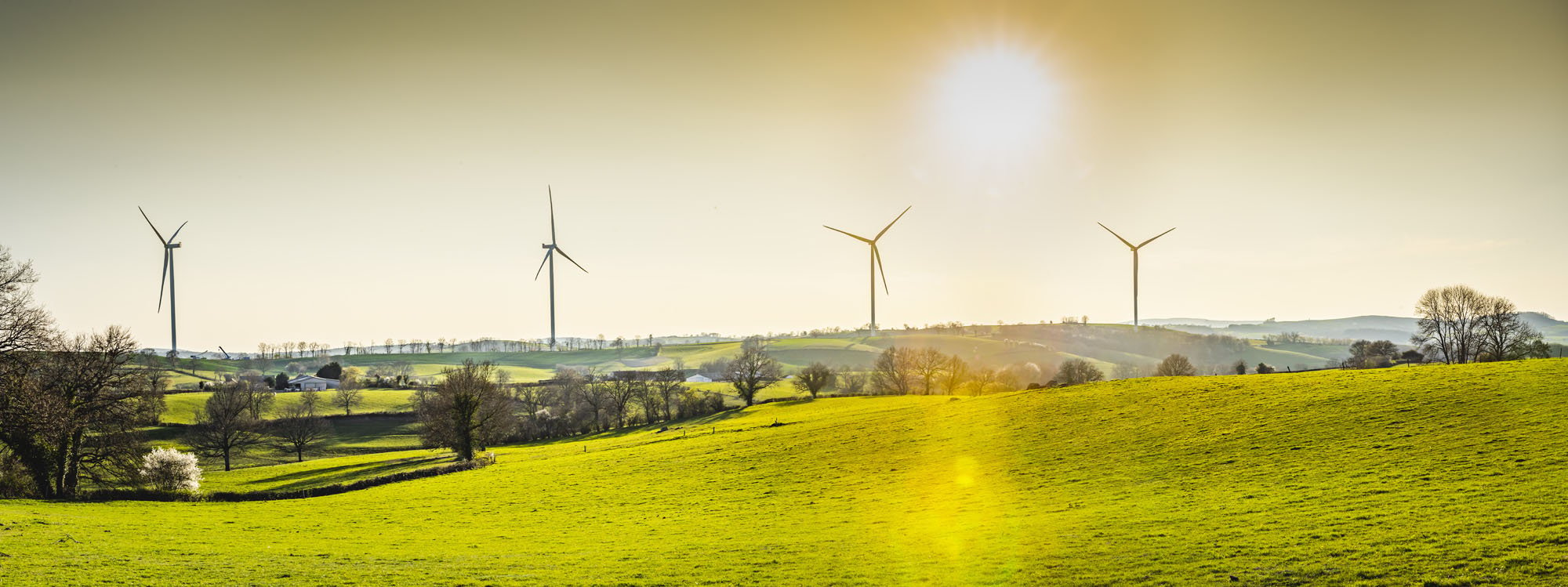
Share this via…


